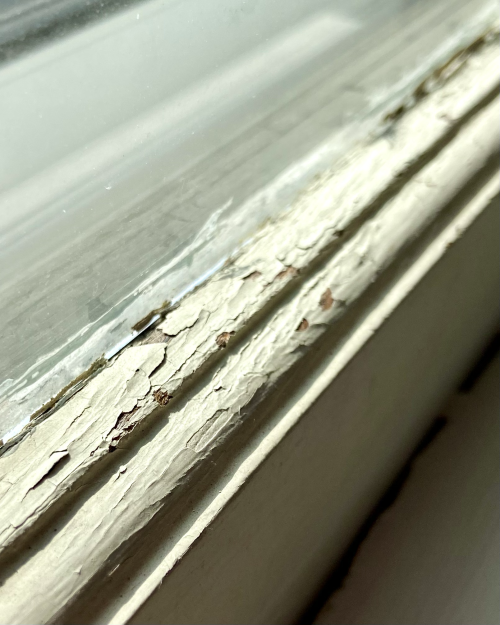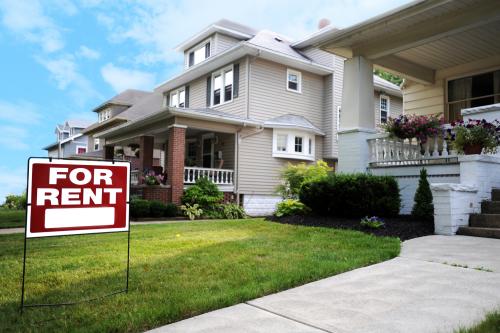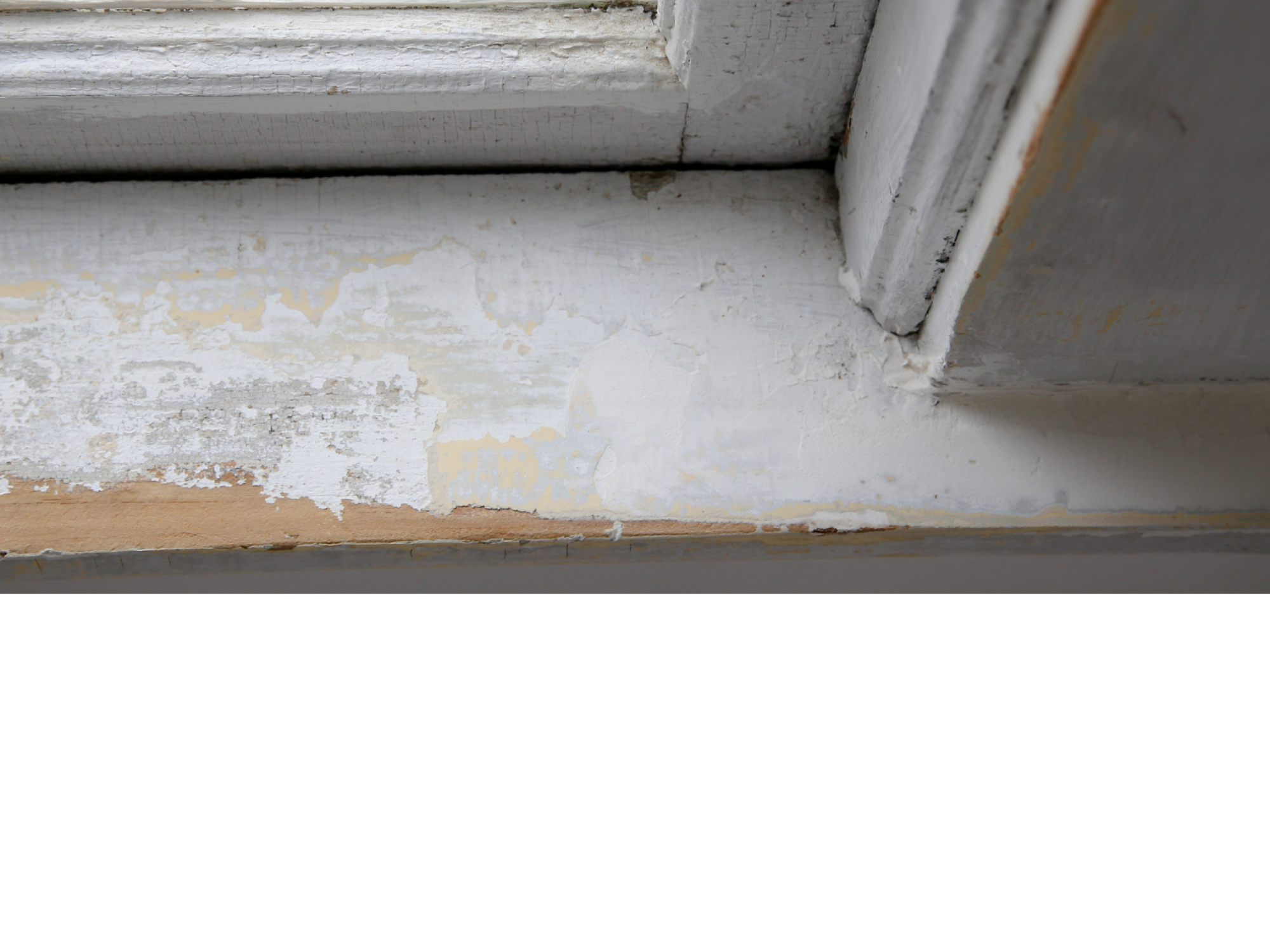
Lead poisoning can cause permanent learning and behavior problems in the children in our community. As a landlord, YOU can help PROTECT our children from this preventable danger!
* NEW NYS RENTAL REGISTRY REGULATION FOR RENTAL UNITS IN 14701 ZIP*
Landlord Responsibilities
Repair Lead Hazards and Maintain Safe Conditions
Protect your tenants from lead poisoning. Repair lead hazards and maintain deteriorated paint in your rental units.
Learn more about lead poisoning
Follow Local and EPA Guidelines
Lead remediation and abatement that is not done properly can increase one’s risk of hazardous lead exposure. Become EPA certified in lead Renovation, Repair, and Painting or make sure to work with an EPA certified contractor before performing any lead work. We can also provide you with a list of RRP certified contractors that service Chautauqua County. You are more than welcome to utilize a contractor of your choice, but it is MANDATORY that they obtain the appropriate EPA Certifications.
Get certified for FREE Certified Contractors in CHQ
Become Knowledgeable of Rental Best Practices
Managing rental properties is a significant responsibility, especially for the dedicated mom and pop landlords who form the backbone of Chautauqua County's housing market. Unlike large corporate property management firms, our local independent landlords often operate without the same training opportunities or resource awareness.
For Chautauqua County's hardworking landlords, equipping yourself with knowledge about available resources and federal and local regulations is essential to protect and grow your business while safeguarding the health of our community's children. Staying informed helps level the playing field and ensures that local landlords have the support needed to thrive in today's competitive rental market while preventing dangerous lead exposure in the homes you maintain.

Interested in a FREE Landlord Training?
Click below for a FREE training hosted by Housing Opportunities Made Equal (HOME), an organization that works to ensure all people have an equal opportunity to live in housing and communities of their choice.
Fair Housing Landlord Training
Rental Property Related Laws and Regulations | |||
| Name: | Description: | Applies To: | Resources: |
NYS Public Health Law Title 10, Article 13, S1370-1376a Control of Lead Poisoning | Establishes comprehensive regulations for lead poisoning prevention, mandating screening of children, investigation of lead hazards, and abatement procedures. It authorizes the Department of Health to set standards for lead levels, inspection protocols, and remediation requirements while imposing duties on property owners to address lead hazards. The law also provides for enforcement mechanisms, penalties for non-compliance, and special protections for children and pregnant women in recognition of lead's particularly harmful effects on these vulnerable populations. | All residential homes/rentals built before 1978 | Source |
NYS Public Health Law Title 10, Article 13, S1377 State rental registry and proactive inspections to identify lead hazards | All Pre-1980s built Multifamily rentals in designated areas of concern | Source | |
Residential Lead-Based Paint Disclosure Program (Section 1018 of Title X) | The EPA and HUD require the disclosure of any known information on lead based paint hazards before the sale or lease of housing built before 1978.
| Most pre-1978 private housing, public housing, federally owned housing, and housing receiving federal assistance | Sample Seller's Disclosure (English) Sample Lessor's Disclosure (English) |
Renovation, Repair, and, Painting (RRP) Rule | Requires firms and contractors performing renovation, repair, and painting projects that disturb lead-based paint in homes, child care facilities and pre-schools built before 1978 to be certified by the EPA (or an EPA-authorized state), use certified renovators, and follow specific work practices to prevent lead contamination. | Anyone performing renovation, repair, or painting projects on lead paint surfaces | Source |
NYS Lead Rental Registry Program | Multifamily Rental Units in 14701 zip code must be registered and undergo passing lead inspections process in order to lawfully proceed with habitation. | Pre-1980s Rental Properties with 2+ Units in 14701 Zip code |
|
Chautauqua County Sanitary Code Article 1, Section 11Ab, d | Section 11Ab. Authorization may not be issued if the property, at the time of application, in violation of a Chautauqua County Board of Health Order, shall not be granted such Authorization until such time as the Applicant has come into compliance.
Section 11Ad. The Chautauqua County Public Health Director may order the closing and/or placarding of any Establishment operating without a required, current, valid Authorization | All Vacant Units in Chautauqua County with Outstanding Lead Violations | Source |
Chautauqua County Sanitary Code Article 8, Section 10 | Section 10. Housing Hygiene & Occupancy
A property must the establish minimum standards for basic equipment and facilities for healthful living, such as adequate water, waste disposal, bathroom facilities, light, ventilation, heating and cooling, for safety from fire and accidents, for the use and location and amount of space for human occupancy, and for an adequate level of maintenance; setting forth the responsibilities of owners, operators and occupants of dwellings; and establishing the necessary provisions for administration and enforcement. | All Properties | Source |
City of Jamestown Rental Inspection Ordinance | Requires property owners in the City of Jamestown to register rental units, pay fees, and undergo mandatory inspections within 90 days of property transfer to ensure compliance with safety codes, while establishing tenant protections against retaliatory actions and requiring EPA RRP certification for lead-based paint work in pre-1978 buildings. | All rental housing in the City of Jamestown | |
City of Jamestown Vacant Unit Registration Ordinance | Requires owners of abandoned or vacant properties to register with the city, pay escalating annual fees, maintain the properties according to code standards, and submit a remediation plan, with the goal of preventing neighborhood deterioration and addressing the negative impacts of vacant buildings on public safety and housing availability. | Owners of any abandoned or vacant real property in Jamestown, including both residential and commercial/industrial properties that are unoccupied and not currently being offered for sale or rent | Source |
Fair Housing Act | It is illegal to discriminate in the sale or rental of housing, including against individuals seeking a mortgage or housing assistance, or in other housing-related activities. The Fair Housing Act prohibits this discrimination because of race, color, national origin, religion, sex, familial status, and disability. This includes refusal to rent to pregnant people or families with children. | Most Housing, very few exceptions | |
Warranty of Habitability (Real Property Law §235-b) | Tenants have the right to a livable, safe, and sanitary apartment. This right is implied in every written or oral residential lease. Any lease provision that waives this right is contrary to public policy and is therefore void. | All tenants, and all rental property | |


